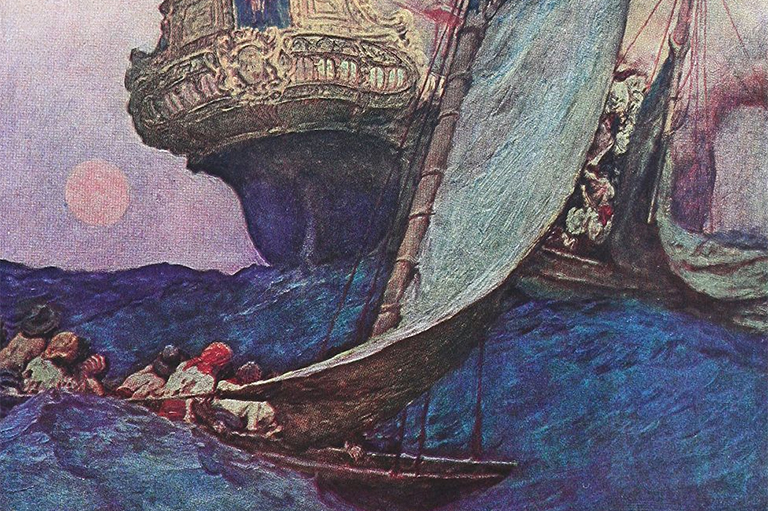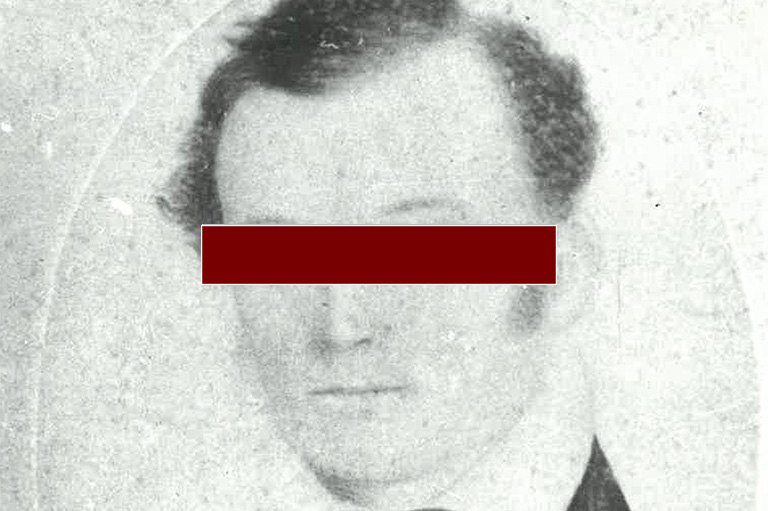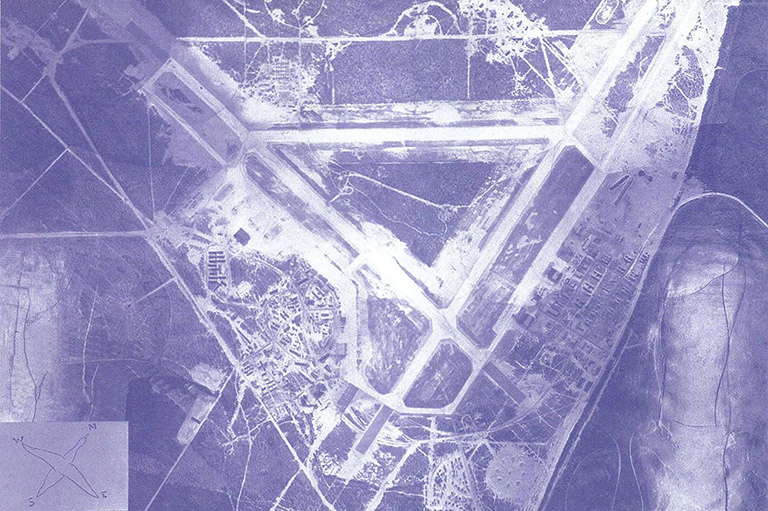Pirate Havens
Pirates, buccaneers, and privateers were the scourge of the high seas during the 15th to 18th centuries, but like everyone else, they needed a home to return to. From Africa to Atlantic Canada to the Caribbean islands, pirate havens took hold in isolate bays and sheltered harbours. Most of these settlements sprung up with the blessing of European colonial governments, as lawless home bases for buccaneers and privateers.
We curated a gallery called Pirate Cemeteries on Flickr to get a feel for the vistas of the Caribbean and Madagascar.
Article continues below gallery...
The Caribbean
The islands of the Spanish Main were a hotbed for piracy from the 15th to 18th centuries. Pirate havens sprung up in all corners of the Caribbean Sea, Tortuga being the most infamous. In the 1620s, the original French buccaneers began attacking passing Spanish merchant ships, as they sailed between the island and Hispaniola. Tortuga soon became a buccaneer hotbed, with the assent of the French government. English buccaneers began to arrive soon after, and Tortuga becoming the main base for attacks on Spanish shipping and settlements. After the buccaneers left, the island remained a base of operations for piracy well into the 18th century.
During the mid-17th century, England began to lure buccaneers away from Tortuga by establishing Port Royal, on Jamaica. The English governors of the island encouraged widespread attacks on Spanish interests to protect the newly founded settlement. By 1660, Port Royal was a lawless cesspool of 6,000 people. A preacher described it as “the Sodom of the New World...its population consists of pirates, cut-throats, whores, and some of the vilest persons in the whole world.” Port Royal was devastated by an earthquake in 1692 and never returned to its former glory.
Madagascar
By the late 17th century, many former buccaneers had left the Caribbean and turned to piracy in the Indian Ocean. Madagascar became their base of operation. The island's location allowed for easy access to Indian Ocean shipping routes and Arab shipping in the Red Sea. Pirate settlements sprung up all along the east coast of the the island, as more and more pirates arrived from the Caribbean. This new pirate scourge in the Indian Ocean quickly caught the attention of the English, Dutch, and French navies. Massive campaigns were launched against the pirates and soon, Madagascar's reign as the pirate haven of the Indian Ocean ended, as quickly as it started.
Nova Scotia
Piracy and privateering in the Americas was not just confined to the Caribbean. Privateering was an extremely popular form of employment for sailors of the coastal settlements of Nova Scotia. With Great Britain again at war with France and Spain in the 1790s, privateers, based out of the ports of Halifax and Liverpool, ventured far south to raid French and Spanish shipping in the Caribbean.
The War of 1812 was a boon to Nova Scotia's privateers and their home bases. With Great Britain at war against the United States, privateers marauded down the eastern seaboard. By the end of the war, Nova Scotian privateers were responsible for capturing 250 American vessels. The proceeds from the actions of these privateers ballooned the economies of port settlements up and down the Nova Scotian coast, from Louisbourg to Lunenburg.
Save as much as 40% off the cover price! 4 issues per year as low as $29.95. Available in print and digital. Tariff-exempt!
Themes associated with this article
Advertisement
You might also like...

Canada’s History Archive, featuring The Beaver, is now available for your browsing and searching pleasure!
We hope you’ll help us continue to share fascinating stories about Canada’s past by making a donation to Canada’s History Society today.
We highlight our nation’s diverse past by telling stories that illuminate the people, places, and events that unite us as Canadians, and by making those stories accessible to everyone through our free online content.
We are a registered charity that depends on contributions from readers like you to share inspiring and informative stories with students and citizens of all ages — award-winning stories written by Canada’s top historians, authors, journalists, and history enthusiasts.
Any amount helps, or better yet, start a monthly donation today. Your support makes all the difference. Thank you!










